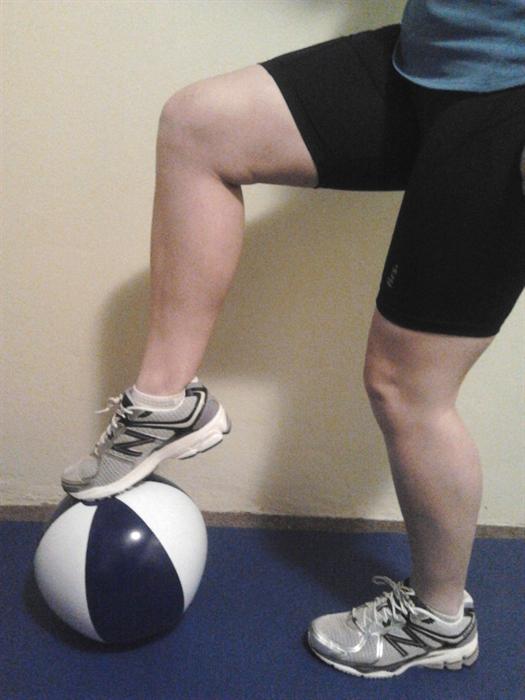Every week she adds a few more exercises that you can add to your programme. Incorporate them in your daily routine and feel the difference!
Co-ordination is the movement patterns of the head, body and limbs to react to obstacles around us. Co-ordination is the reason why some elders make movements look easy and effortless while others look awkward and uncomfortable while moving. It consists of all aspects of movement such as stability, mobility, balance, flexibility, strength, power and endurance.
The best way to develop and improve co-ordination is to do slow movements. Slower movements increase the body's ability to sense differences in the effort needed to do the movement. Faster movements do not allow enough time for the brain to sense that a movement pattern is wrong or how to correct it. Doing movements at a slower pace allows more time to focus on small details that would otherwise have been missed. It helps the body to pay attention to what needs to be done.
Slow movements will help elder adults to identify areas in their bodies that they do not use often. For instance, bending down with the hips and the knees to pick something up. The body's quick response will be to just bend the back forward to pick an item up. Moving slowly will provide enough time to prepare the joints to move through their full range of motion without causing injury.
Practising regular slow movements will create a map for proper co-ordination. Speeding things up will be easy after the co-ordination pattern has been established.
Do these basic movements very slowly at first and then increase the tempo when familiar with the movement.

Alternating circles: Stand with the feet hip-width apart. Rotate the left arm forwards while simultaneously rotating the other arm backwards. Continue for 60 seconds. Switch directions. Repeat 4-5 times in each direction.

Ball tap: Place a ball on a mat. Lift up the one leg and tap the ball on the highest point. Keep the arms lifted to the sides for balance. Try to only touch the highest point of the ball, not the sides or the floor. Alternate between legs. Do 12-15 taps on a side. Increase speed of tapping when comfortable.
_507235659.jpg)
Side steps: Place a large rolled-up towel on a mat. Stand next to the towel with the feet hip distance apart. Start with the foot closest to the towel. Step sideways over the towel with a slow and controlled movement, placing the foot on the ground and on the opposite side of the towel. Follow with the other foot so that both feet are on the opposite side of the towel. Step back over the towel, starting with the foot closest to the towel. Continue stepping over and back 10 to 12 times.















